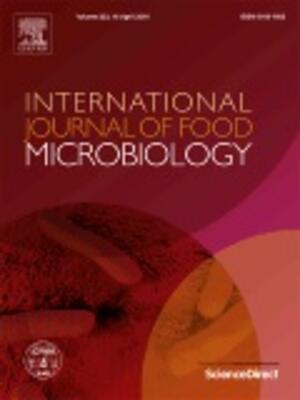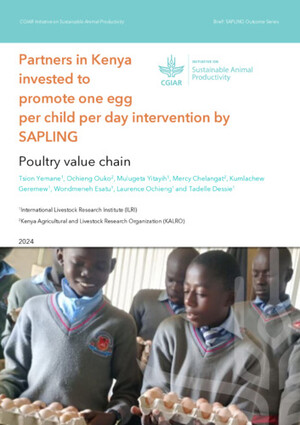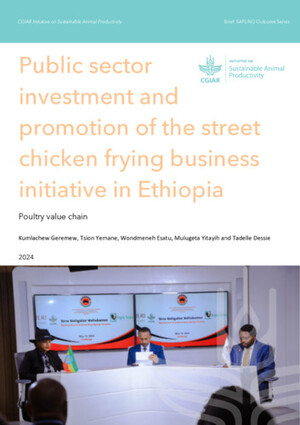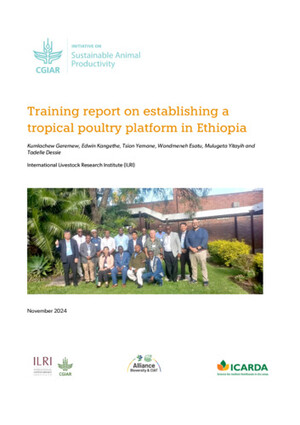
Assessment of the prevailing handling, transportation, marketing and quality of eggs collected from local scavenging hens in Bure district, north-west Ethiopia
Abstract
This study was conducted in Oromia, Amhara and Benishangul-gumuz regionalstates of Ethiopia. It was aimed to assess the infection and distribution rates ofhoneybee chalk brood disease (HCBD), analyse association of the disease with differentbioclimatic zones and determine seasonal occurrence of the disease in Ethiopia.One- hundred and thirteen (113) peasant associations from 33 Woredas of thestudy regions were selected and 264 beekeepers were interviewed. A total of 1871honeybee colonies from 133 apiaries were diagnosed externally and internally forHCBD. The infection rates of chalk brood disease in Amhara, Oromia and BeneshangulGumuz Regional States were 37.12%, 19.89% and 17.93% respectivelywhile distribution rates in same regions were 87.5%, 56.56%, and 33.33%. Similarly,the infection and distribution rates of HCBD were varied from zone to zones.High proportions of the respondents reported that HCBD occurred from Septemberto November (43.6%) and from March to May (34.8%). There was significant honeyyield variation between infected with HCBD and uninfected honeybee colonies (P< 0.001). Moist dega, moist weina dega and wet weina dega were identified to bethe best suitable ecological zones for HCBD distribution. We concluded that thereis high distribution of HBCD in all areas. Therefore; there is a need of avoidingtransfer of honeybee products and by products from infected colonies to differentplaces, awareness creation among beekeepers, strengthening colonies and designappropriate control strategies to combat the disease
Citation
Ethiopian Journal of Animal Production 9(1): 209-227.










